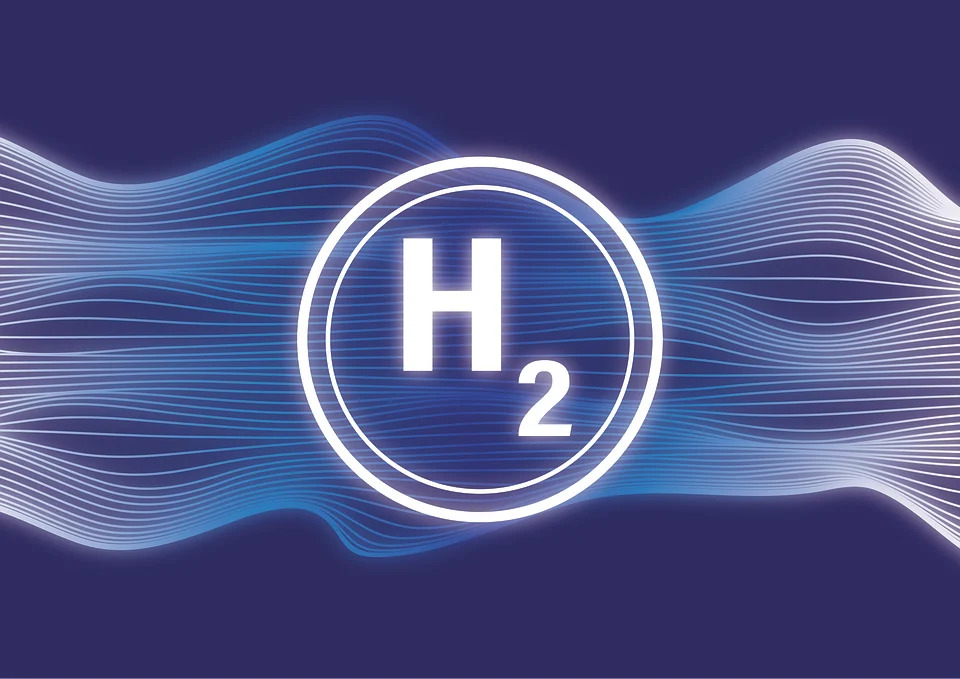Baltic Sea Gas TSOs Unite for Hydrogen Infrastructure Development
Key Ideas
- Nine gas TSOs in the Baltic Sea region signed an MoU to enhance hydrogen transmission and storage infrastructure, aiming to boost clean hydrogen production.
- The region could potentially contribute up to 45% of clean hydrogen production by 2030, leveraging its renewable energy sources like wind power.
- Collaboration under the MoU includes sharing market information, working with EU initiatives like BEMIP, and supporting the Marienborg declaration for joint energy projects.
- Projects like the Nordic-Baltic Hydrogen Corridor and BalticSeaH2 aim to establish a competitive hydrogen market by connecting production areas with consumption centers.
Nine gas transmission system operators (TSOs) in the Baltic Sea region have come together to sign a memorandum of understanding (MoU) with the goal of coordinating and advancing the hydrogen transmission and storage infrastructure in the area. This initiative is a step towards unlocking the potential of clean hydrogen production, largely driven by the region's renewable energy capacity, particularly onshore and offshore wind energy. The European Commission's REPowerEU plan outlines that the Baltic Sea region could play a significant role, potentially contributing up to 45% of clean hydrogen production by 2030.
The MoU not only focuses on infrastructure development but also includes collaboration on information sharing, working with European and national institutions, and supporting existing initiatives like the Baltic Energy Market Interconnection Plan (BEMIP) and the Marienborg declaration for joint cross-border energy projects. This united effort aims to foster a competitive and vibrant hydrogen market within the Baltic Sea region by connecting production sources with demand centers.
Several hydrogen infrastructure projects are already in progress, such as the Nordic-Baltic Hydrogen Corridor and the BalticSeaH2 project, which aim to establish extensive hydrogen supply networks across multiple countries in the region, ultimately contributing to the growth of the hydrogen market. The collaboration among the gas TSOs signifies a strong commitment to sustainable energy development and paves the way for a more interconnected and efficient energy landscape in the Baltic Sea region.
